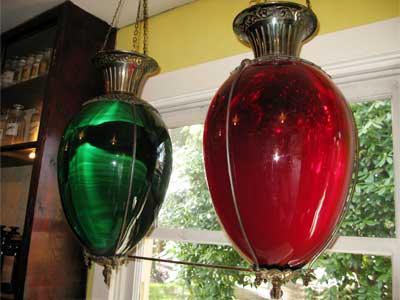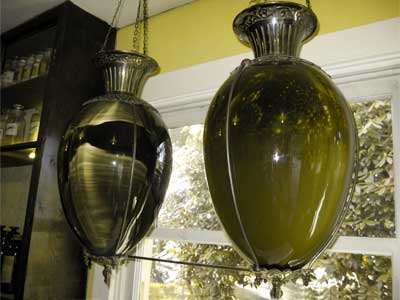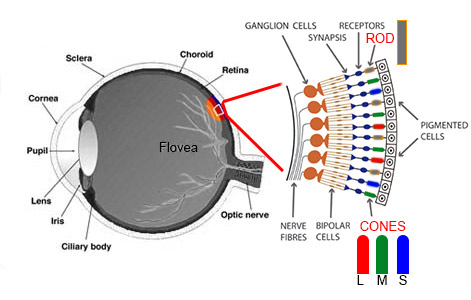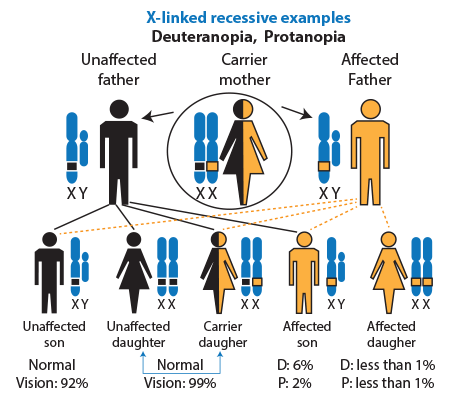Deuteranopia


Deuteranopia is a form of colour blindness in which a person's eyes are unable to receive the green light part of the colour spectrum. If a person can still see some green light then it is considered only a weakness known as Deuteranomaly.
Listen to how the word sounds:
How does this happen?

Side view of the eye and close up of rods and cones
In order to view colour the eye has special receptors called rods and cones. As we can see in this diagram, when a person has Deuteranopia they are lacking the medium-wavelength sensitive retinal cones (M-cones). The brightness of red, orange, and yellow is much reduced. Colours become more brown or blue and red and green or blue and green blend into each other and become difficult to discern between. It is similar to Protanopia, but without the abnormal darkening of the red zone. A person with normal vision can distinguish 7 hues while a person who has Deuteranopia may only be able to distinguish 2 or 3 hues.
Who can have Deuteranopia?

Diagram of the possibilities of offspring if a woman carrier marries a man with or without the colour blindness gene and the percentage in the population.
Deuteranopia is a sex -linked, congenital color vision deficiencies condition meaning that it is hereditary. It is passed on through the X-chromosome. Since men only have one X-chromosome they are more likely to be colour blind. Females have 2 X-chromosome and are therefore only a carrier and as long as only one X is affected they will exhibit no signs of colour blindness. Deuteranopia is the most common type of colour blindness in the world. About 6% of males have Deuteranopia or a form of Deuteranomaly and for females it is about 0.37%. In some cases a person can have unilateral deuteranopia where one eye has normal vision while the other eye is colour blind. However, this is rare as most colour blind people are colour blind in both eyes.
What are the colour-related hazards?
While more colour blind people have Deuteranopia it is still hazardous when it comes to observance of traffic signals. This is because of the range of colour they are seeing and a lack of red perception when it comes to a red stop light. In many countries those who are colour blind are not able to receive a driver's licence.
